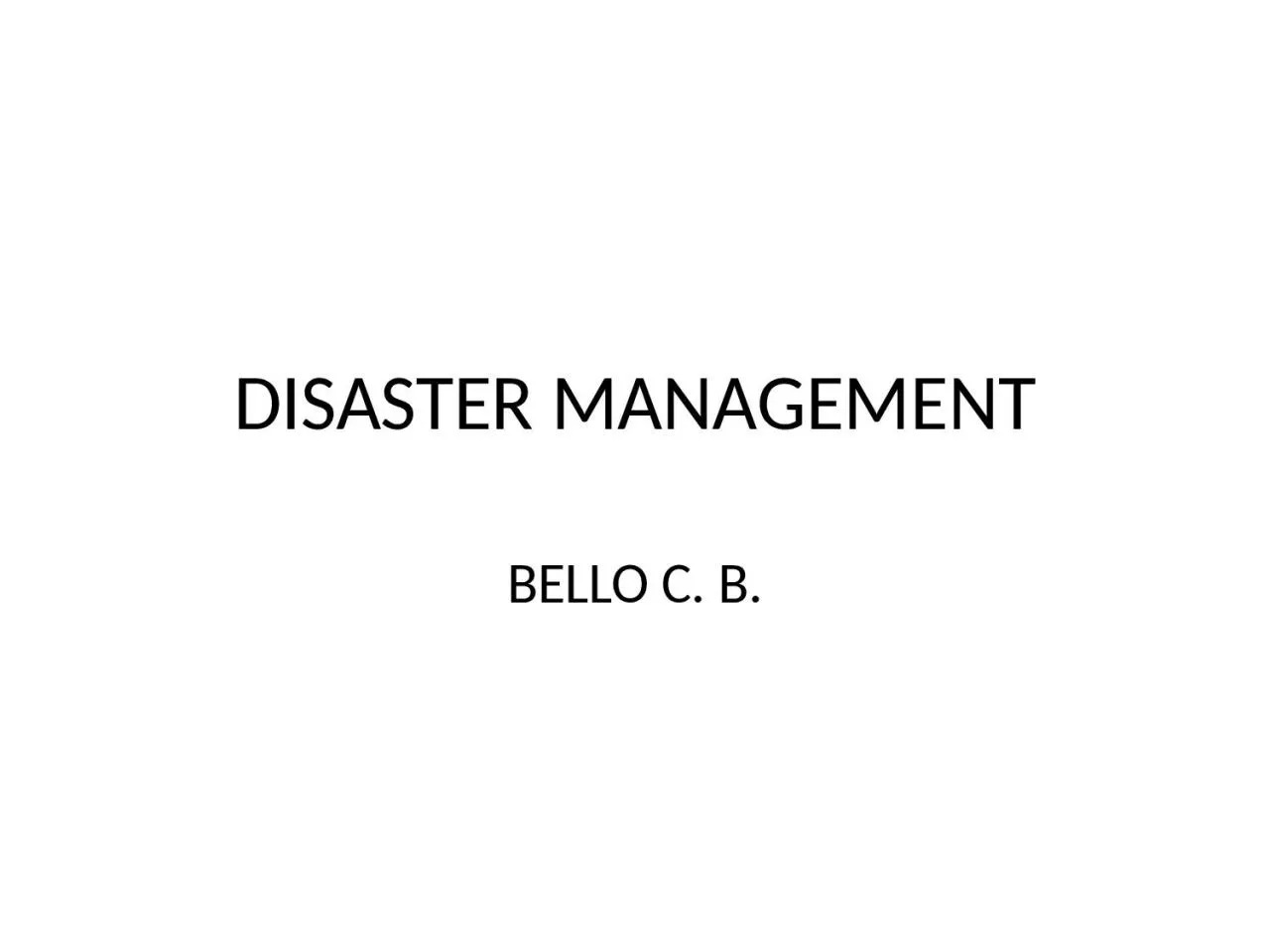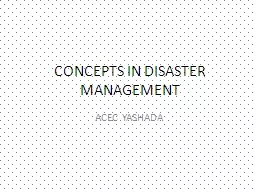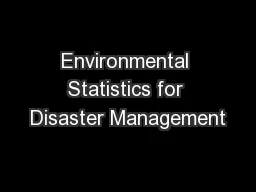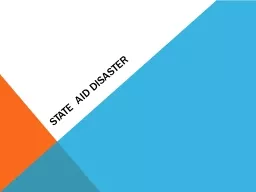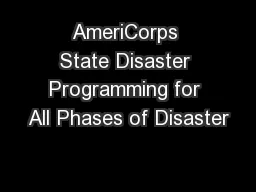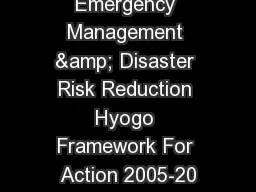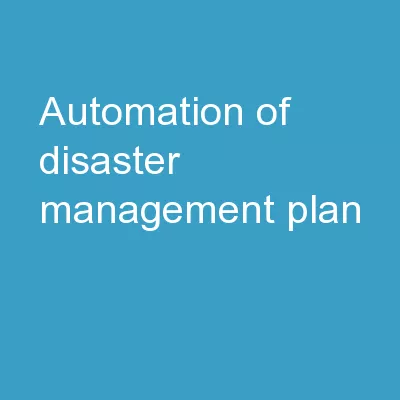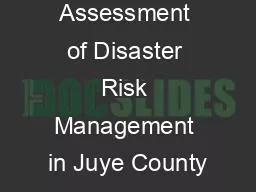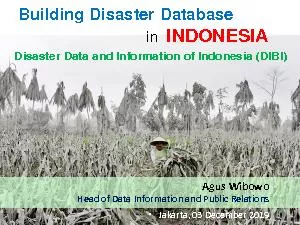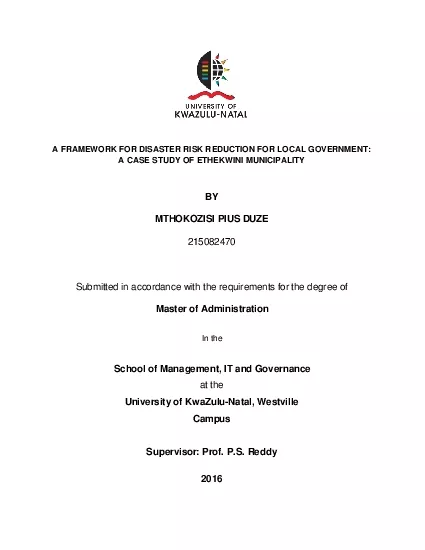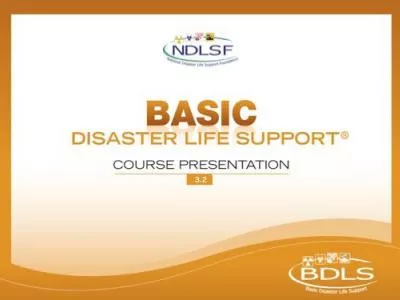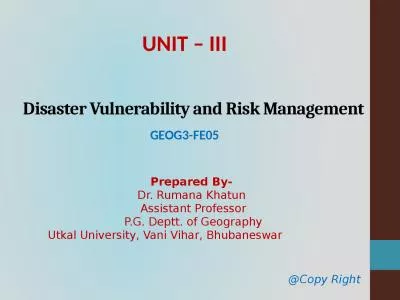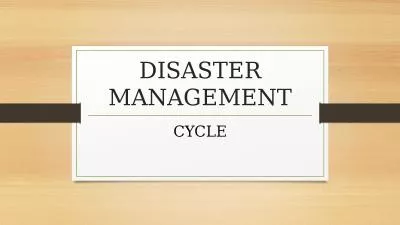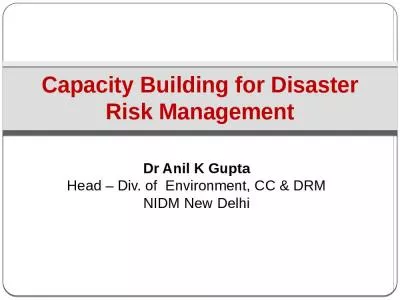PPT-DISASTER MANAGEMENT BELLO C. B.
Author : desha | Published Date : 2023-09-21
DEFINITION A disaster can be defined as any occurrence that causes damage ecological disruption loss of human life or deterioration of health and health services
Presentation Embed Code
Download Presentation
Download Presentation The PPT/PDF document "DISASTER MANAGEMENT BELLO C. B." is the property of its rightful owner. Permission is granted to download and print the materials on this website for personal, non-commercial use only, and to display it on your personal computer provided you do not modify the materials and that you retain all copyright notices contained in the materials. By downloading content from our website, you accept the terms of this agreement.
DISASTER MANAGEMENT BELLO C. B.: Transcript
Download Rules Of Document
"DISASTER MANAGEMENT BELLO C. B."The content belongs to its owner. You may download and print it for personal use, without modification, and keep all copyright notices. By downloading, you agree to these terms.
Related Documents

